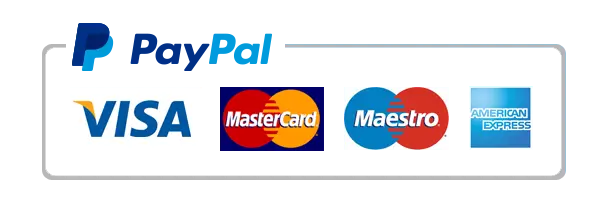Projection aims to get deeper, more nuanced insight into a business’s financial health and viability. It allows business owners to anticipate expenses and profit growth, giving them the tools to secure funding and loans and strategize major business decisions. It’s an essential accounting process that all business owners should prioritize in their business plans.
Operating expenses
On the surface, creating a financial projection for your business seems simple enough. For instance, if you plan to test a new marketing channel, you can build your assumptions directly into your projections. These are all things that will have a direct impact on your financial projections so they need to be accounted for. A less favorable projection may cause you to pull back a bit and be more conservative with hiring, marketing costs, and other expenses. To cover yourself, we suggest having projections for all three financial statements handy. When someone asks you for financial projections, they could be asking for a number of different things.
How to Create a Financial Forecast for a Startup Business Plan
Categorize expenses, bookings, billings and revenue streams and other financial metrics to make them readily accessible for analysis and projection. With a financial planning tool like Fuel, you can use a top-down or bottom-up forecasting method. Working capital is extremely important for startups, because it is a measure of both a company’s efficiency and its short-term financial health. Working capital can significantly affect cash flow, so if a company’s current assets do not exceed its current liabilities, then it may run into trouble paying back creditors in the short term. If you do not want to worry about all the calculations and the interdependencies in a financial model, you could try out our financial planning software for startups, which does all the thinking for you. The first (and maybe also most fun) input sheet of a financial plan is the revenue forecast.
- Realistic financial projections are a cornerstone of effective business planning.
- The assumptions will frame most of what the rest of the income statement will show, like our revenue or variable expenses.
- In our example, we might duplicate our current projection and make an alternative scenario with a few new hires.
- However, for a SaaS business it could be better to prepare a revenue forecast based on existing customers, new customers and the churn rate.
- Simply input detailed financial data spanning five years, including revenue projections, investment plans, and expected market growth.
How to Create a Robust Startup Financial Model (Tips and Examples)
The best products and services can flounder without a smart financial model, and that’s why financing is the primary cause of startup failure (not competition, business models, or founding teams). Beyond decision-making, your financial model reads like a portfolio to possible investors, showcasing https://bugtraq.ru/library/books/crackdown/part3.html your startup’s potential profitability and long-term viability. We don’t expect you to understand all of this immediately — we sure didn’t. Just try to digest a small piece at a time and we promise with a little bit of effort you’ll be building out your first financial projections in no time.
Try Shopify for free, and explore all the tools you need to start, run, and grow your business. Finally, I wanted to show you some example pro forma statements so that you can see what the end product should look like. Bizminer – You can use Bizminer industry reports to get an idea of key industry ratios. For example, you can determine if the average https://seoadder.info/why-arent-as-bad-as-you-think-6/ company in your industry spends 10% on rent or 12% on rent. Trucking is similar in the sense that as long as you have a valid license and a working truck, you will be able to find loads to deliver. The question is more about how many trucks do you have, how many miles per day can each truck drive and what price will you be able to earn per mile.
Feeling bogged down by repetitive processes and redundant work?
An example of what an operating expenses forecast could look like for instance for spending on sales and marketing, can be found below. For a SaaS business COGS are different compared to ‘normal’ businesses as there is no regular production or service delivery process involved. However, also SaaS companies definitely incur COGS, such as hosting costs, customer support http://korolev.msk.ru/handbook/security-accounting.html and onboarding costs, and online payment costs. From these examples you can notice that all of these costs have to be incurred in order to produce the good or deliver the service. SaaS companies for instance typically estimate and track, amongst others, the customer life time value (LTV), customer acquisition costs (CAC), LTV/CAC ratio and the churn rate.



